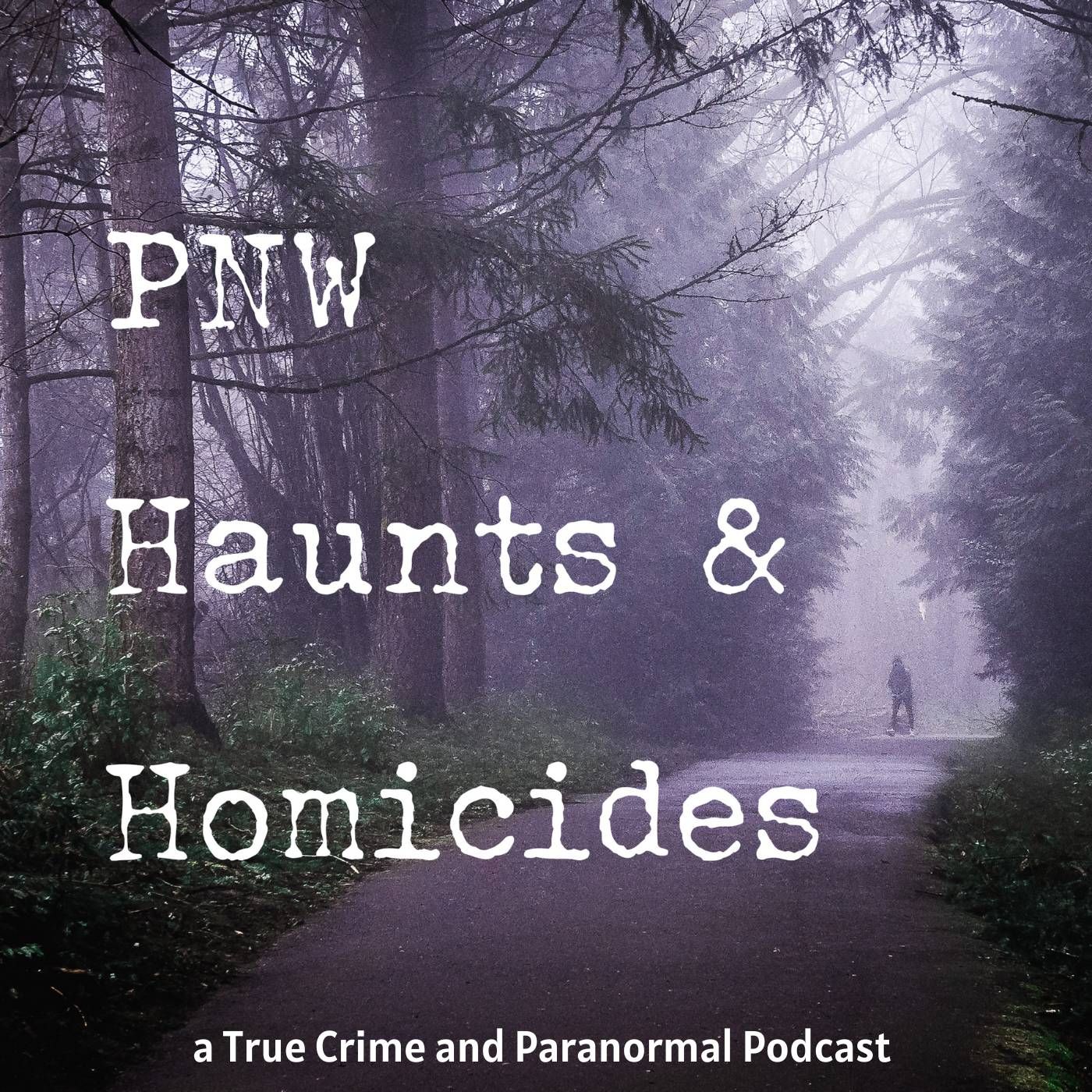Shelley Shannon: From All-American Domestic Terrorist
Introduction
In a shocking transformation, Shelley Shannon, once an ordinary Wisconsin girl, became a dangerous and radical anti-abortion activist involved in violent protests and attacks. Her journey raises questions about the factors that can lead to such extreme radicalization. In this blog post, we'll delve into the complexities of Shannon's case, exploring the motivations, religious fervor, and societal influences that shaped her path to extremism.
The All-American Girl
Shelley Shannon grew up in a seemingly idyllic Wisconsin town, excelling in school and actively participating in her community. However, beneath the surface, she struggled with a sense of purposelessness and dissatisfaction. This emptiness would eventually become a catalyst for her transformation.
The Transformation
Shannon's transition began with her growing involvement in anti-abortion activism. She became a vocal opponent of abortion rights, attending protests and participating in lobbying efforts. However, her activism soon took a more extreme turn as she embraced conspiracy theories and engaged in increasingly violent confrontations.
Domestic Terrorism and Violence
Shannon's radicalization led her to become involved in a series of violent attacks against abortion clinics and abortion providers. These actions included bombings, arson, and threats of violence. Her actions caused widespread fear and terror within the community and raised concerns about the growing threat of domestic terrorism.
The Summer of Mercy and Beyond
In 2001, Shannon was convicted of conspiracy to commit murder in connection with a plot to kill a doctor who performed abortions. She was sentenced to 20 years in prison. While incarcerated, she continued to advocate for her anti-abortion beliefs and maintained connections with her extremist network.
The Dark Legacy
Shannon's legacy as a domestic terrorist continues to cast a shadow on the anti-abortion movement. Her actions have contributed to a climate of fear and intimidation surrounding abortion rights and have challenged the legitimacy of peaceful protest.
Exploring the Path to Radicalization
Understanding the factors that led to Shannon's radicalization is crucial to prevent similar occurrences in the future. Researchers have identified several contributing factors, including:
- Personal Discontent: Shannon's sense of emptiness and dissatisfaction made her susceptible to extremist ideologies that offered a sense of purpose and belonging.
- Religious Fervor: Shannon's deep-seated religious beliefs reinforced her anti-abortion stance and provided a justification for her violent actions.
- Polarization and Echo Chambers: Shannon's involvement in extremist groups fostered a culture of polarization and isolation, reinforcing her beliefs and limiting exposure to alternative perspectives.
Understanding the Motivations
Shannon's motives were complex and rooted in a combination of personal, ideological, and societal factors. Her desire for meaning and purpose, coupled with her religious convictions and the influence of extremist groups, shaped her path towards violence.
The Role of Religious Fervor
Religion played a significant role in Shannon's radicalization. Her anti-abortion beliefs were deeply intertwined with her Christian faith, which she saw as justification for her actions. However, it's important to note that not all religious individuals engage in extremism, and religion should not be used as a scapegoat.
Confronting the Devastation
Shannon's actions caused immeasurable pain and suffering to her victims and their families. Her bombings and arson attacks left a trail of destruction and terror, traumatizing communities and undermining public safety.
The Perils of Extremism
Shannon's case highlights the dangers of extremism and the need for dialogue and resolution. Extreme ideologies can lead individuals down a path of violence and destruction, harming themselves and others. It's crucial to promote tolerance, understanding, and peaceful discourse to prevent such tragedies.
The Importance of Dialogue and Resolution
To combat extremism, we need to engage in open and honest conversations that bridge divides and promote mutual understanding. By listening to different perspectives and acknowledging the complexities of societal issues, we can foster a culture of tolerance and respect.
Lessons from the Past
Shannon's case serves as a reminder of the devastating consequences of extremism and the importance of confronting it head-on. By understanding the factors that contribute to radicalization, we can develop strategies to prevent similar occurrences and promote a society free from violence and hate.
A Call for Compassion and Understanding
While it's essential to condemn Shannon's actions, it's equally important to approach her case with compassion and understanding. Her journey to extremism was influenced by a complex set of factors, and it's crucial to learn from her mistakes rather than simply vilifying her.
Hope Amidst the Darkness
Despite the darkness surrounding Shelley Shannon's actions, there is hope to be found. Her case highlights the need for dialogue, understanding, and the importance of promoting a culture of tolerance and respect. By working together, we can create a society where extremism and violence are relics of the past.
Related Episode
Explore the complexities of Shelley Shannon's case in more depth in our podcast episode, Episode 56: The Misdeeds of Boeing. Listen now.











